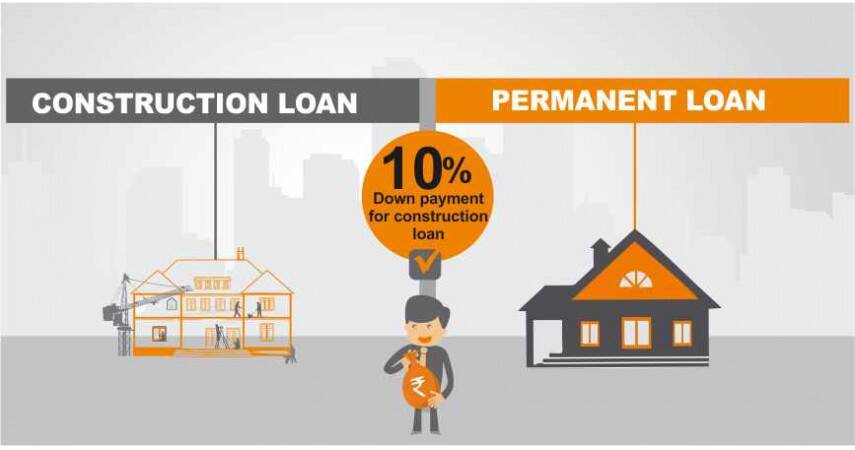The first step is to consult with a lender and get an estimate of the amount you can obtain for financing. This will give you a rough idea of how much you have to spend right away and what your budget should be. The next step is to select a design.
Then take this design to an architect and a contractor so that you can get a blue-print of your house plan and also an estimation of the costing of your house. The architect does charge hefty fees as s/he has to give a general plan to the specific design of your dream house. But this blue-print gives you a clear idea of the needful revisions that are required in your house plan. You should always plan your house according to your budget because you have presented the financial estimate in front of the money lender.
After your plans are finalised you can approach the money lender with all the relevant documents. If s/he is satisfied with your plan, more specifically the financial estimation, he will sanction your loan. But keep in mind that a pre-approval (which is often free) is not the same as having a construction loan.
You can cull the various options of loan deals available to you and choose your lender after considering the points mentioned below:
- It is advisable to have a construction loan that is convertible to a permanent loan.
- 10% down payment is the qualifying amount for construction loans. To avoid private mortgage insurance you can pay 20% down payment.
- You can also avoid your private mortgage insurance by taking piggy-back loans. This can be done by taking a first mortgage for 75-80% and then, a second mortgage for the balance of 20-25%.
- Check the trends in interest rates while switching from construction loan to permanent loan. Also, analyse whether it would be better to get an adjustable or a fixed rate mortgage. A small inflow of cash in some mortgages is also possible. This will allow you to make additions to your new home.







